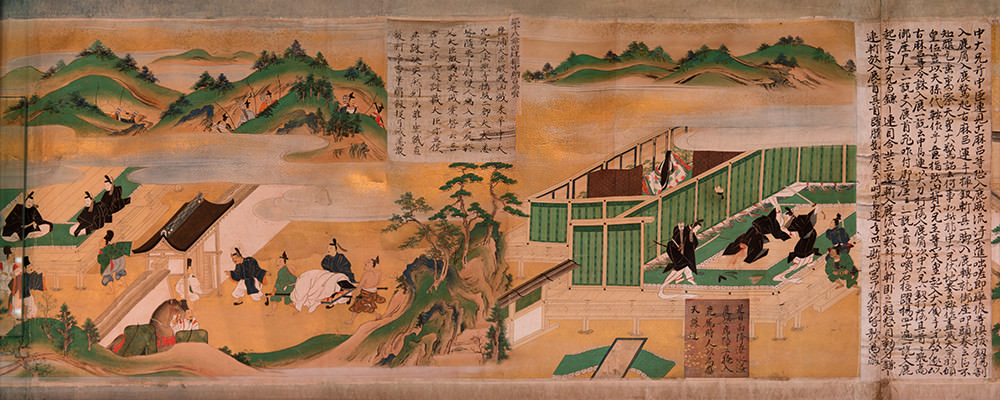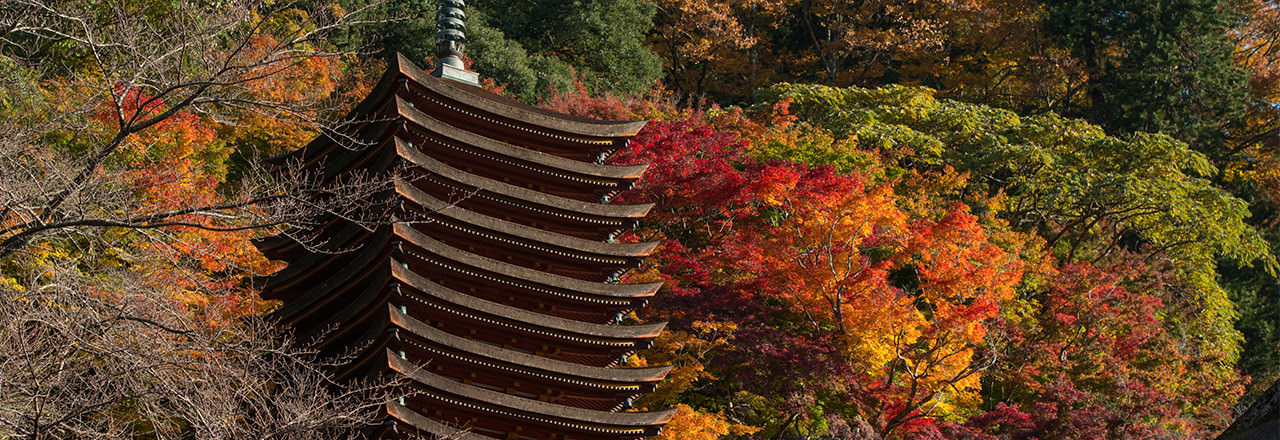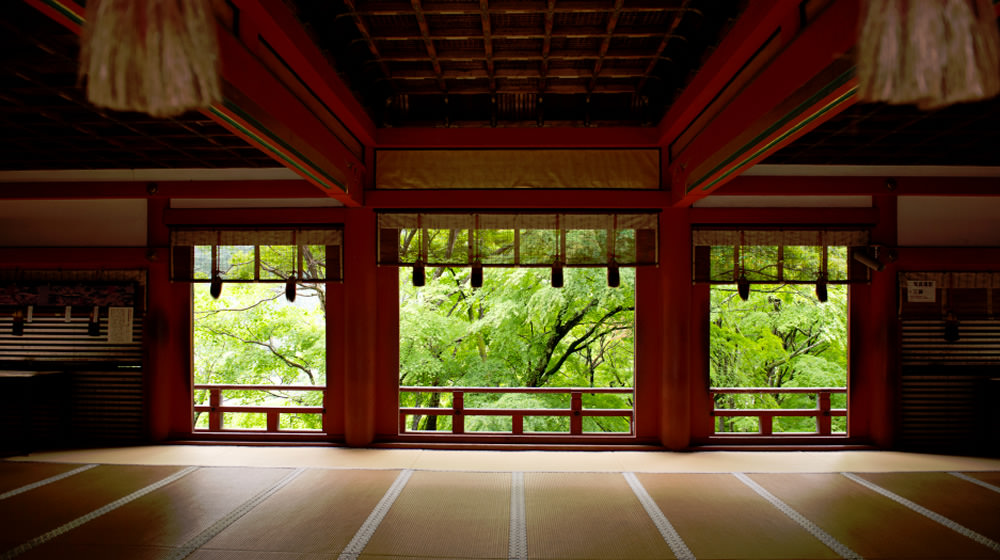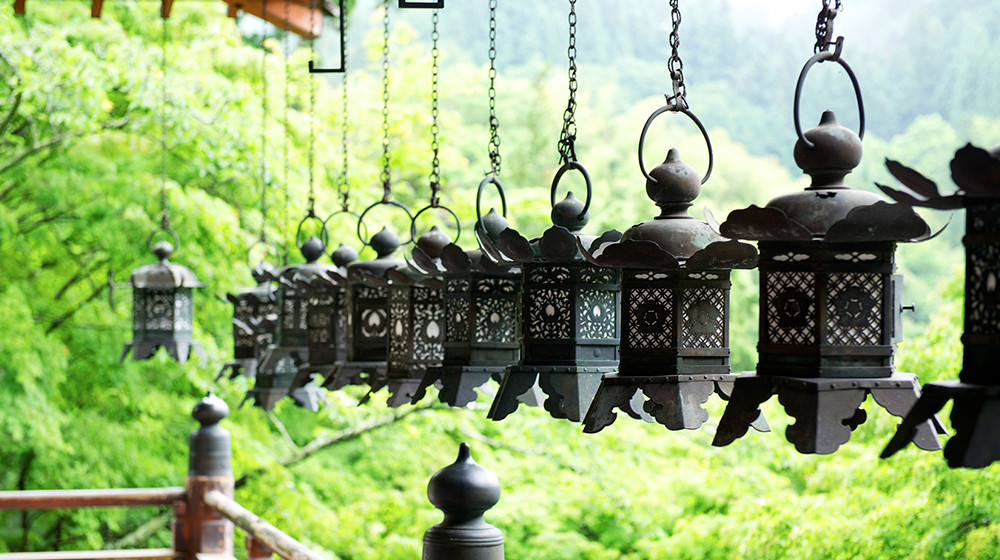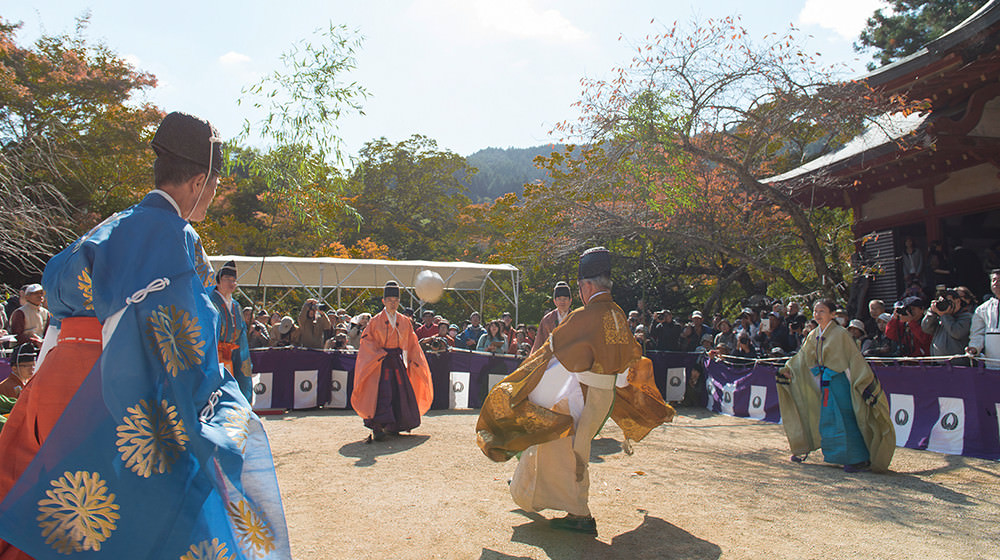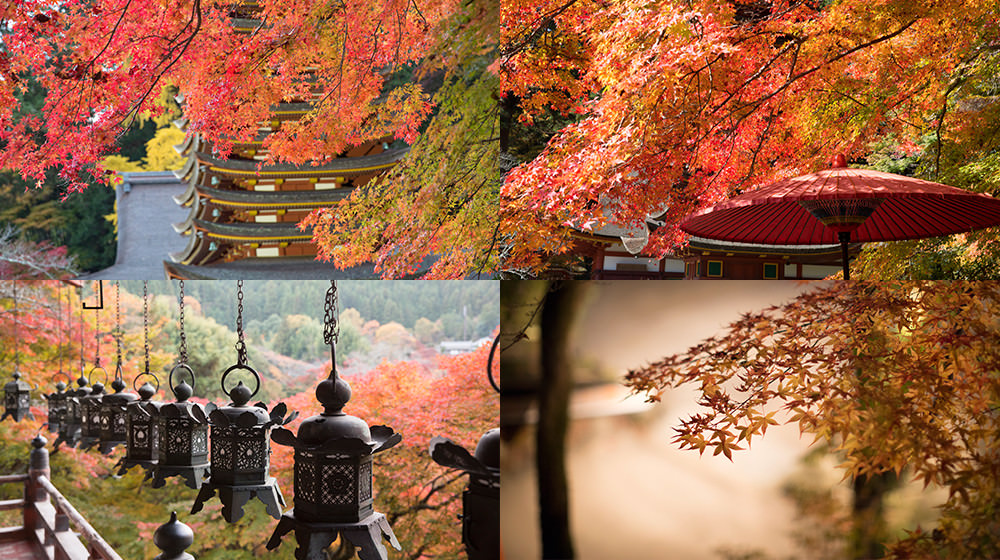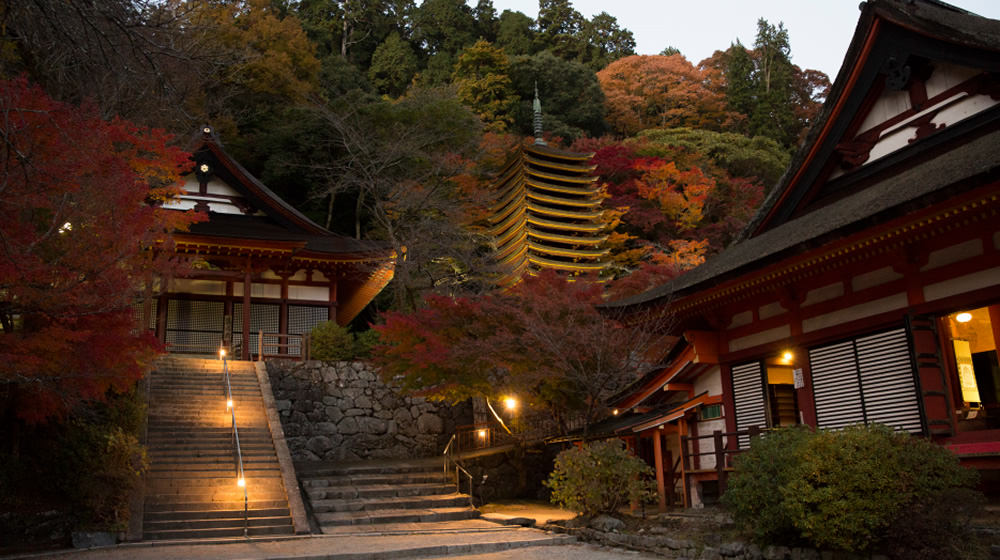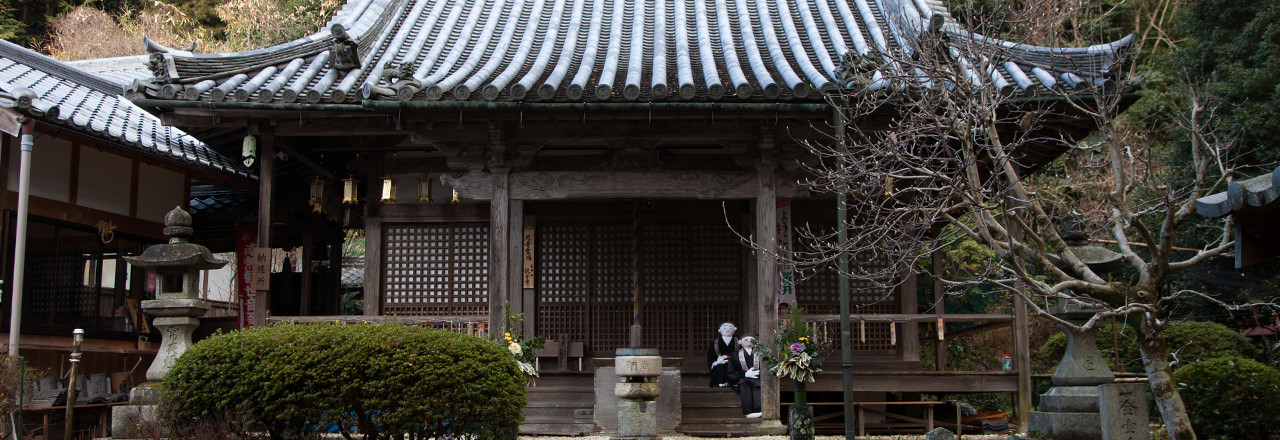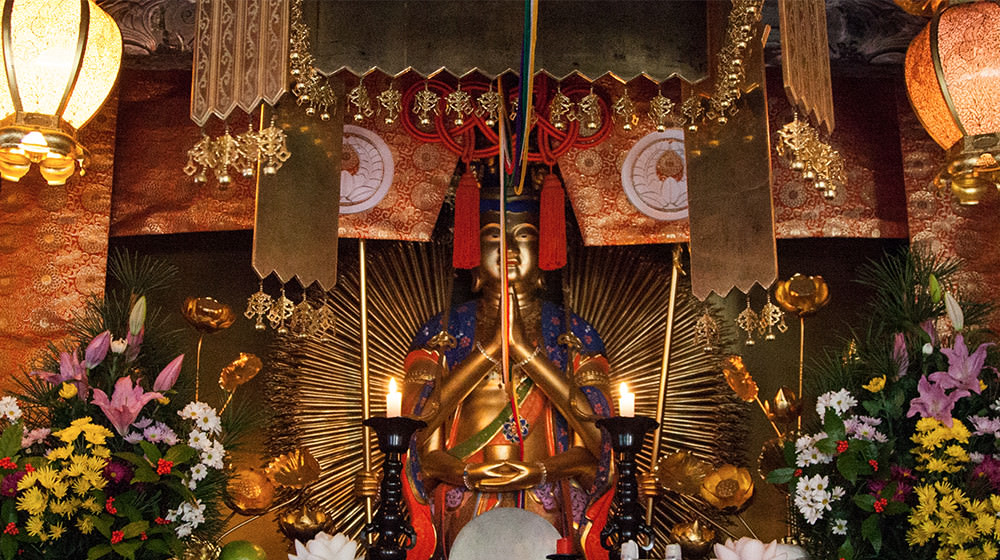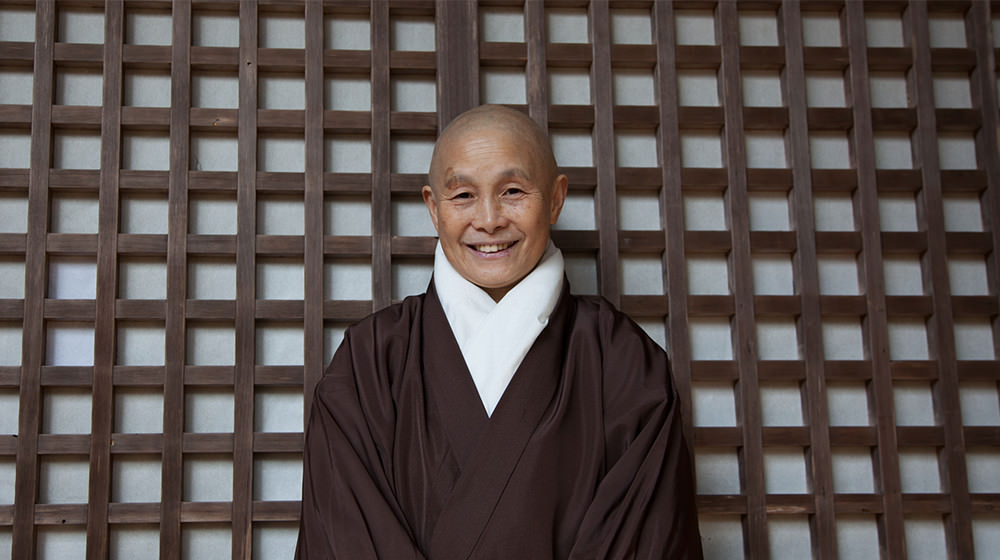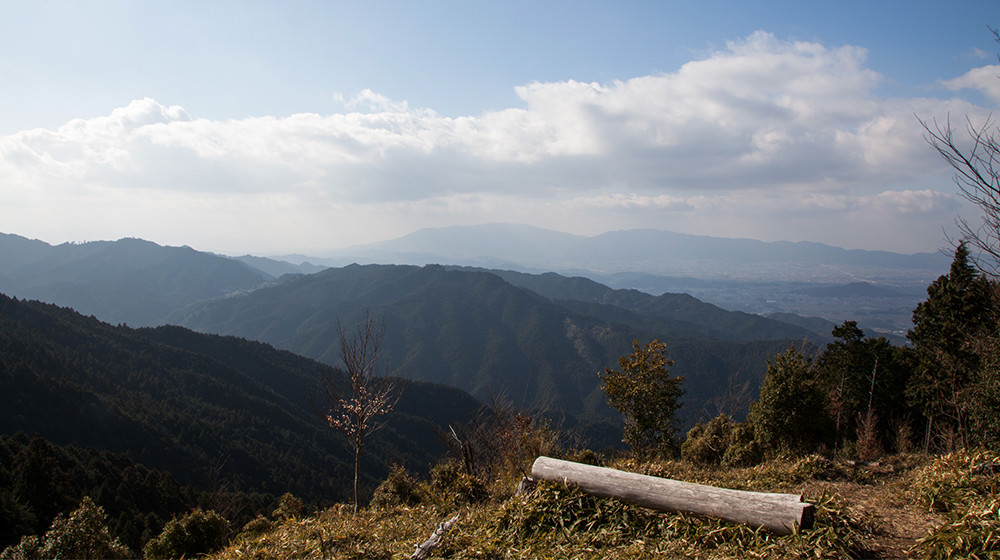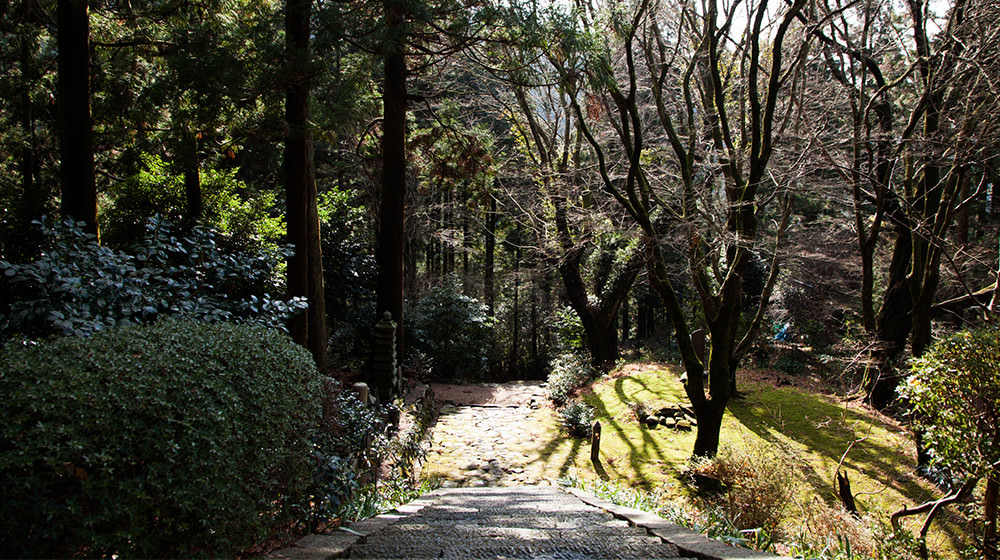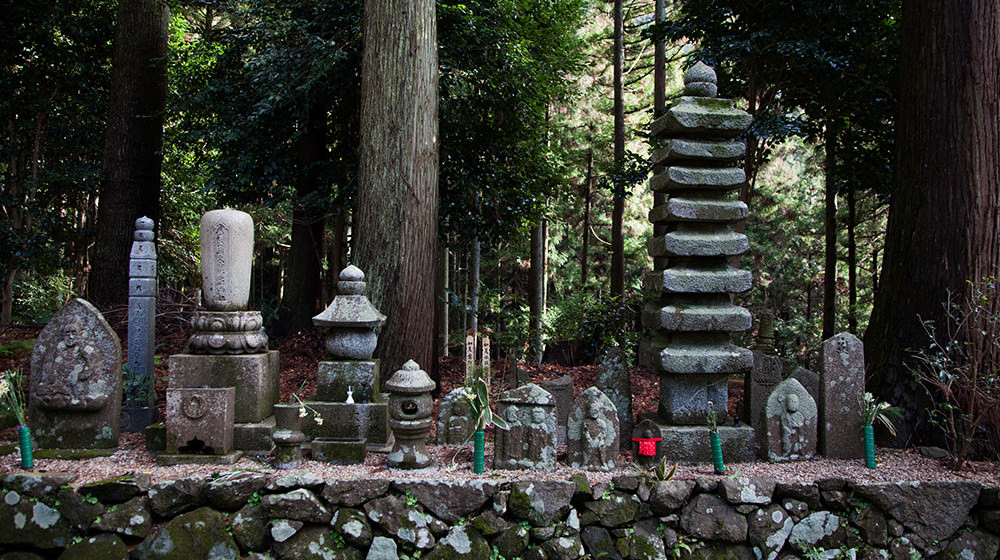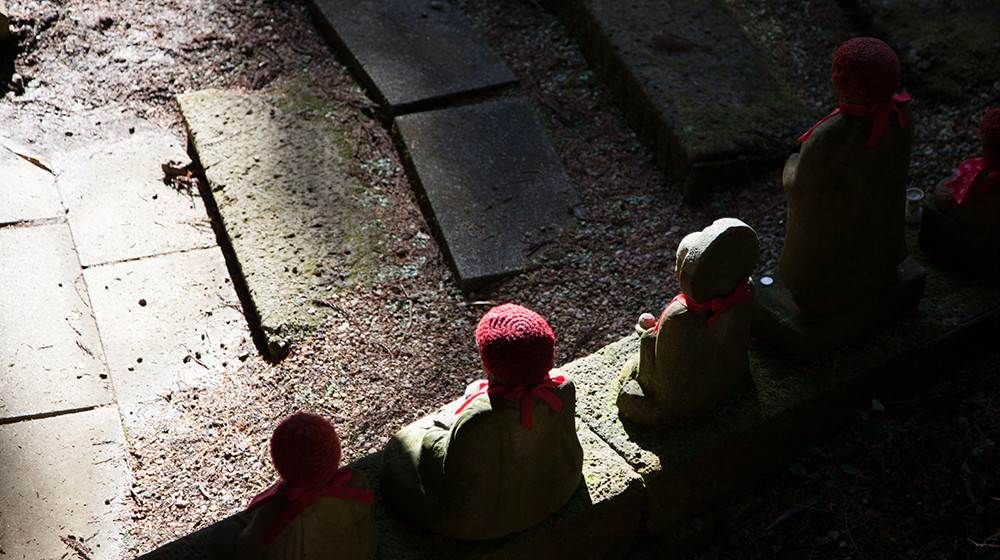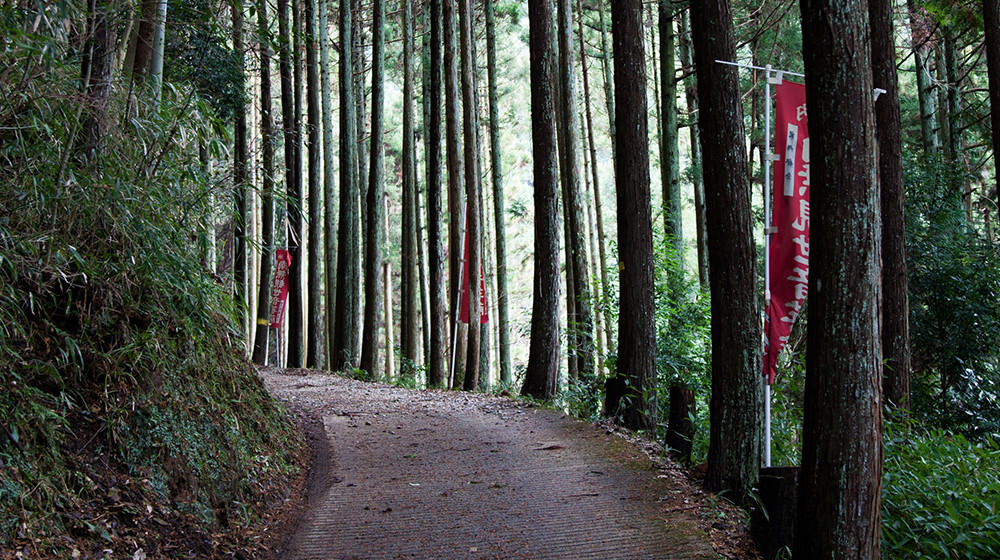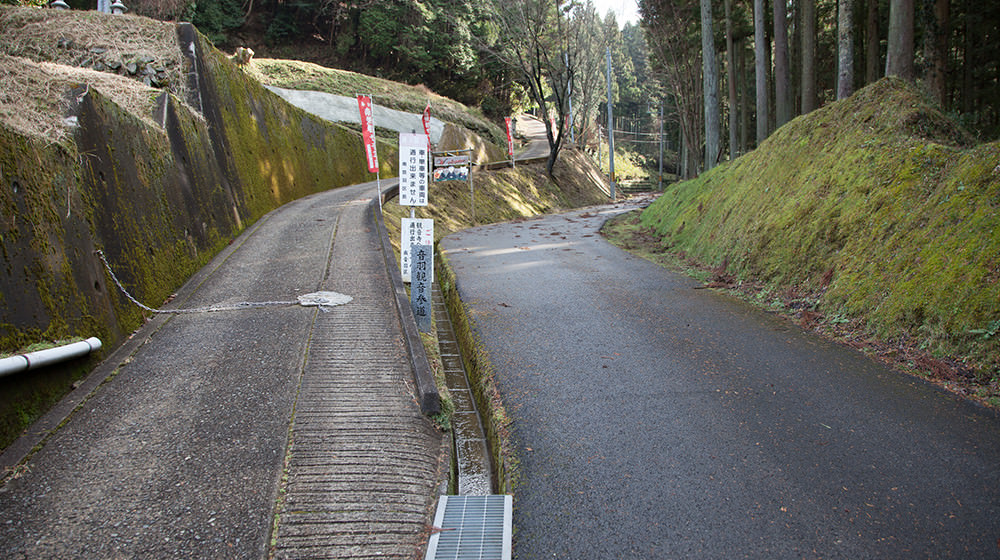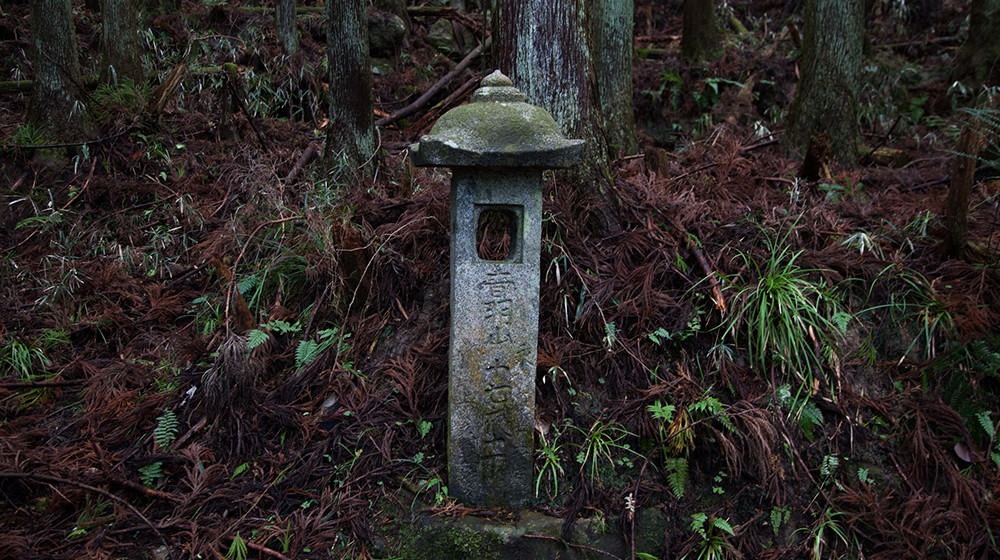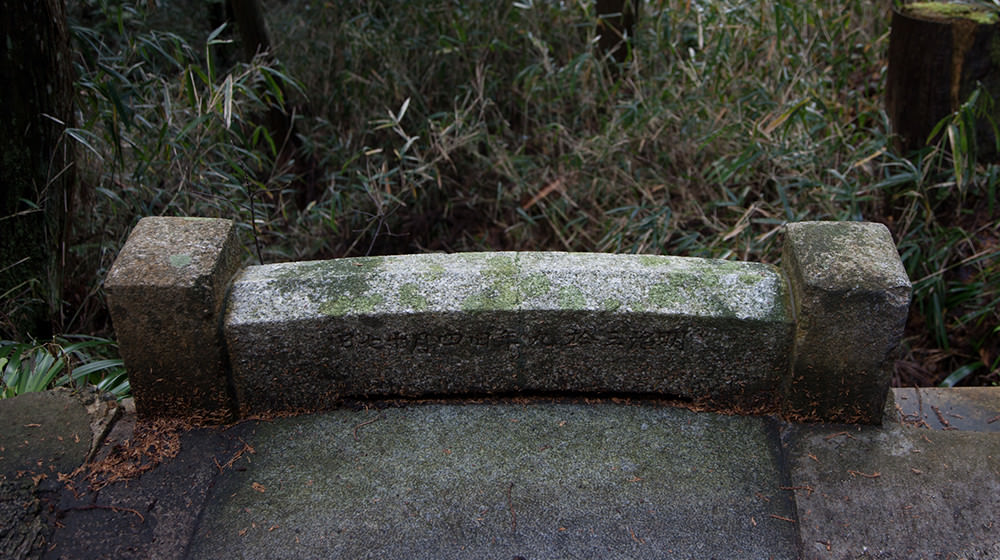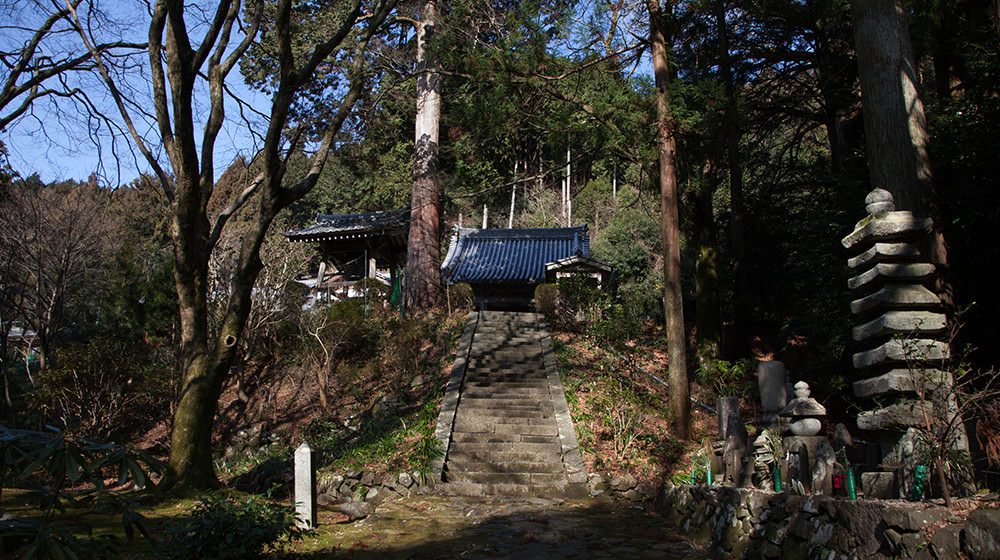The Crimson Shrine that Changed Japan's History
Tanzan Jinja Shrine
Built in the 7th century
談山神社
This shrine is located deep in the mountains, as though it were hiding from people. The conference for a coup d'état (the Isshi no Hen or Isshi incident of 645) that changed the history of Japan was probably also conducted here because of the isolated location.
Its grounds feature 17 important cultural properties, such as the world's only thirteen-storied wooden pagoda. It looks more like an elegant fort than a shrine, and one can image many battles being fought here. The bright almost blood-red of the building and the autumn foliage are very beautiful, and many people use the site for viewing autumn leaves. It is known as the model for Nikko Toshogu Shrine (Tochigi Prefecture, World Heritage Site). Enjoy the solemn air and graceful architecture of this secluded mountain site.
Isshi no Hen (Isshi incident) / 645
The Soga Clan that ruled the Imperial court grew audacious in the first half of the 7th century, plunging the nation into disarray. In order to set matters right, Fujiwara no Kamatari enticed Prince Naka no Oe to execute a coup d'etat. This led to the destruction of the Soga Clan, and the plotters then took over the regime, restored order, and brought prosperity to Japan (Taika Reform). Fujiwara no Kamatari was responsible for Isshi no Hen, and is enshrined here. He is the ancestor of a famed aristocratic family in Japan, the Fujiwara Clan. The Fujiwara Clan ruled Japan for about 400 years afterwards, and continued as powerful aristocrats for 1200 years.
Tokugawa Ieyasu (whose line ruled Japan for 400 years as the Edo Shogunate) respected Fujiwara no Kamatari and used this shrine as a model in building Nikko Toshogu Shrine.
